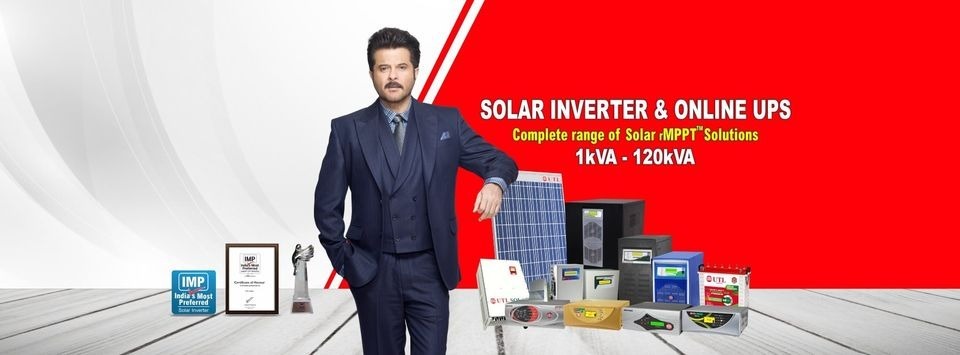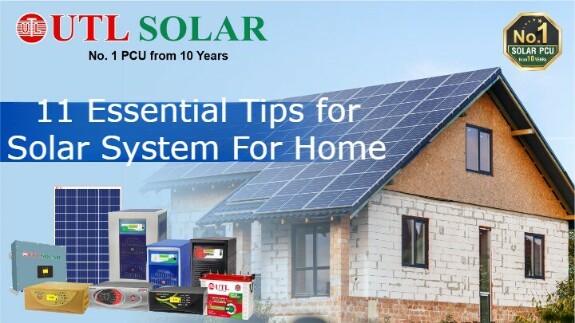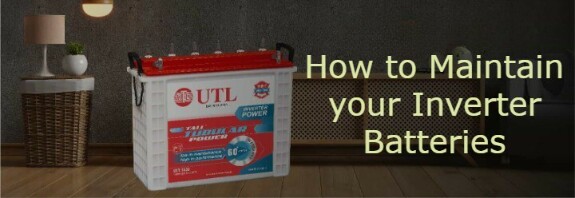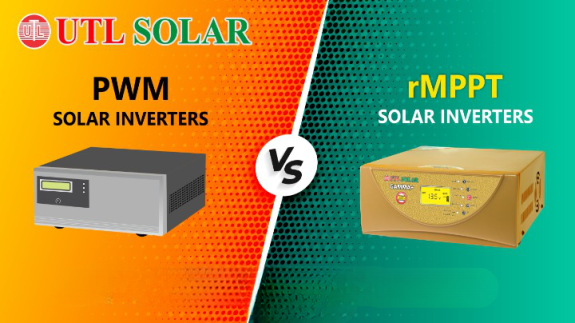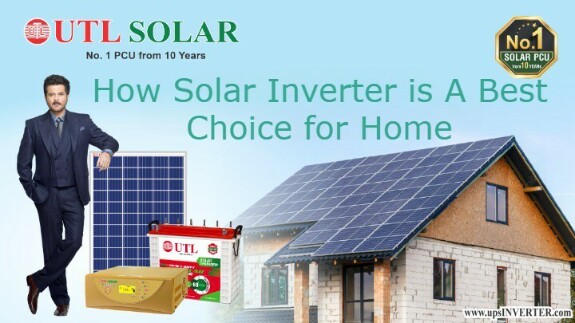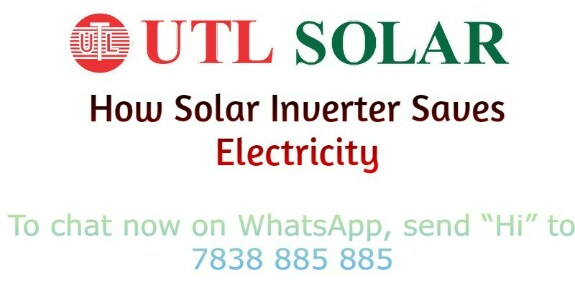Ultimate Guide to Solar Panel Subsidies in Uttar Pradesh

In the quest for a sustainable and eco-friendly future, harnessing solar power has become a paramount focus, and Uttar Pradesh, India, stands at the forefront of this green revolution. With an increasing emphasis on renewable energy sources, the state government has rolled out an array of solar panel subsidies to
encourage homeowners to embrace solar power solutions. In this comprehensive guide, we will navigate through the intricate landscape of solar panel subsidies in Uttar Pradesh, shedding light on the opportunities available for residents seeking to make their homes more environmentally friendly.
encourage homeowners to embrace solar power solutions. In this comprehensive guide, we will navigate through the intricate landscape of solar panel subsidies in Uttar Pradesh, shedding light on the opportunities available for residents seeking to make their homes more environmentally friendly.
Understanding the Landscape:
Uttar Pradesh, a state with abundant sunlight, has recognized the potential of solar energy to meet its power needs. As a result, various subsidy programs have been instituted to make solar installations more affordable for residents. These initiatives aim not only to reduce the carbon footprint but also to alleviate
the burden on conventional power sources.
the burden on conventional power sources.
